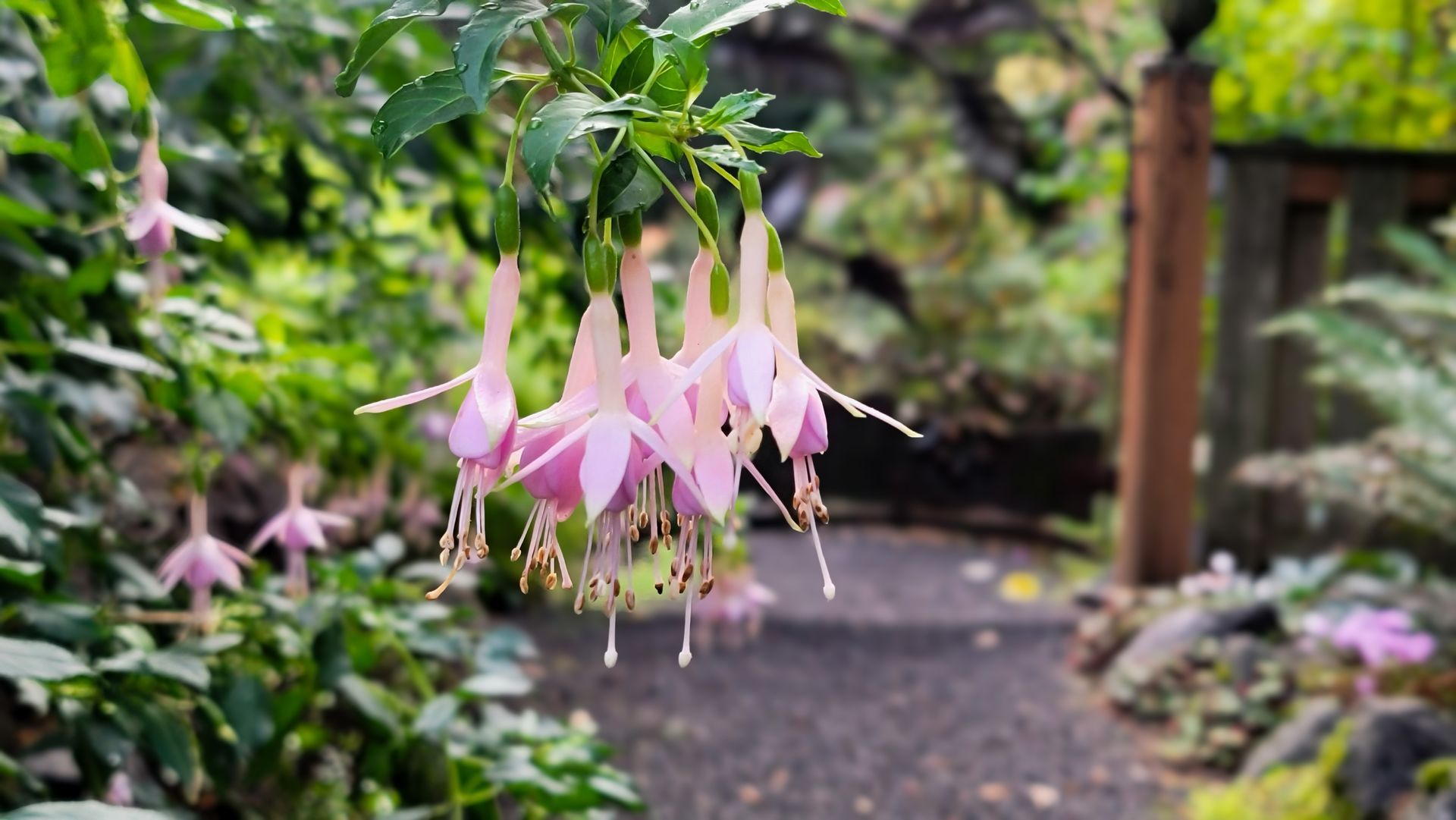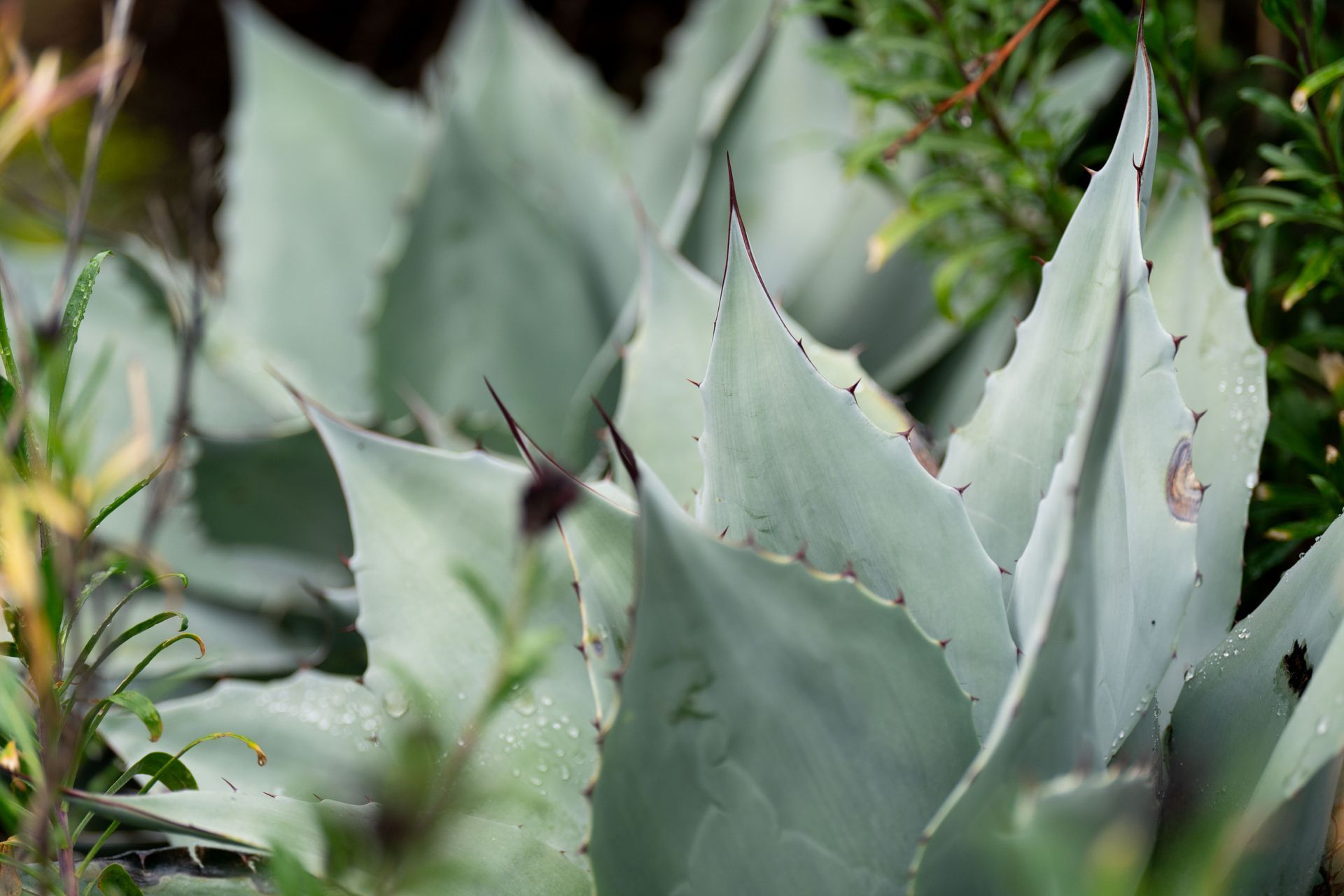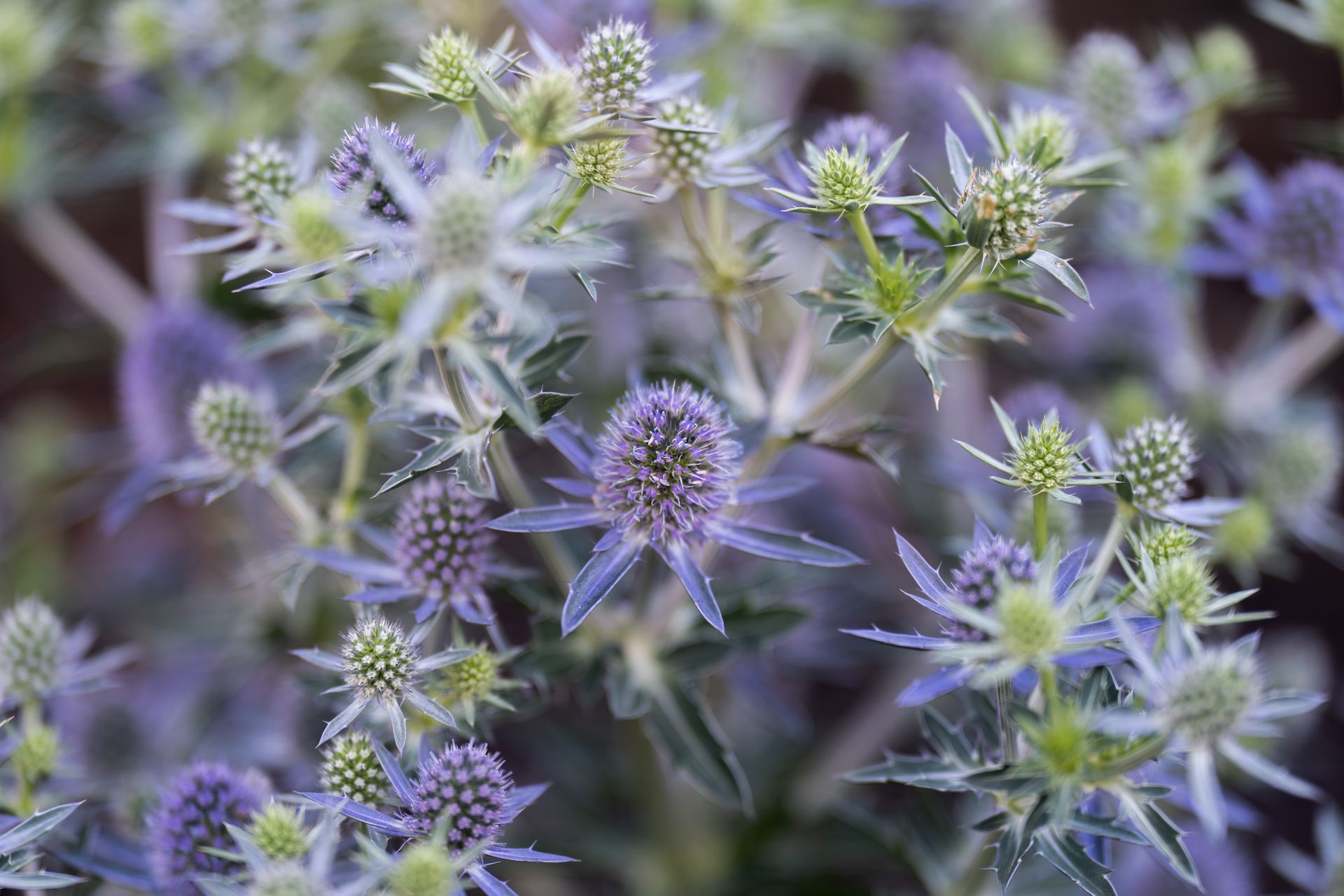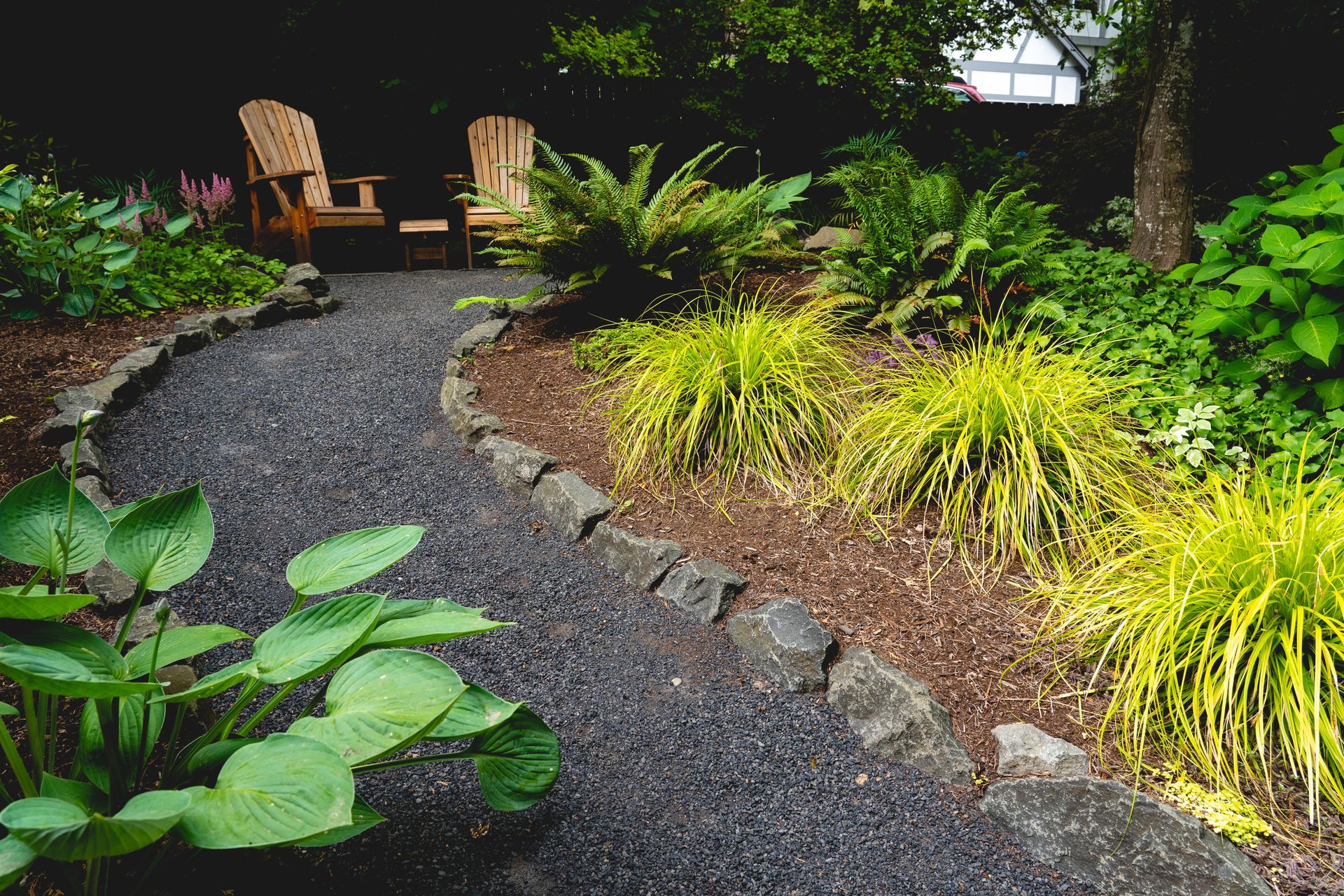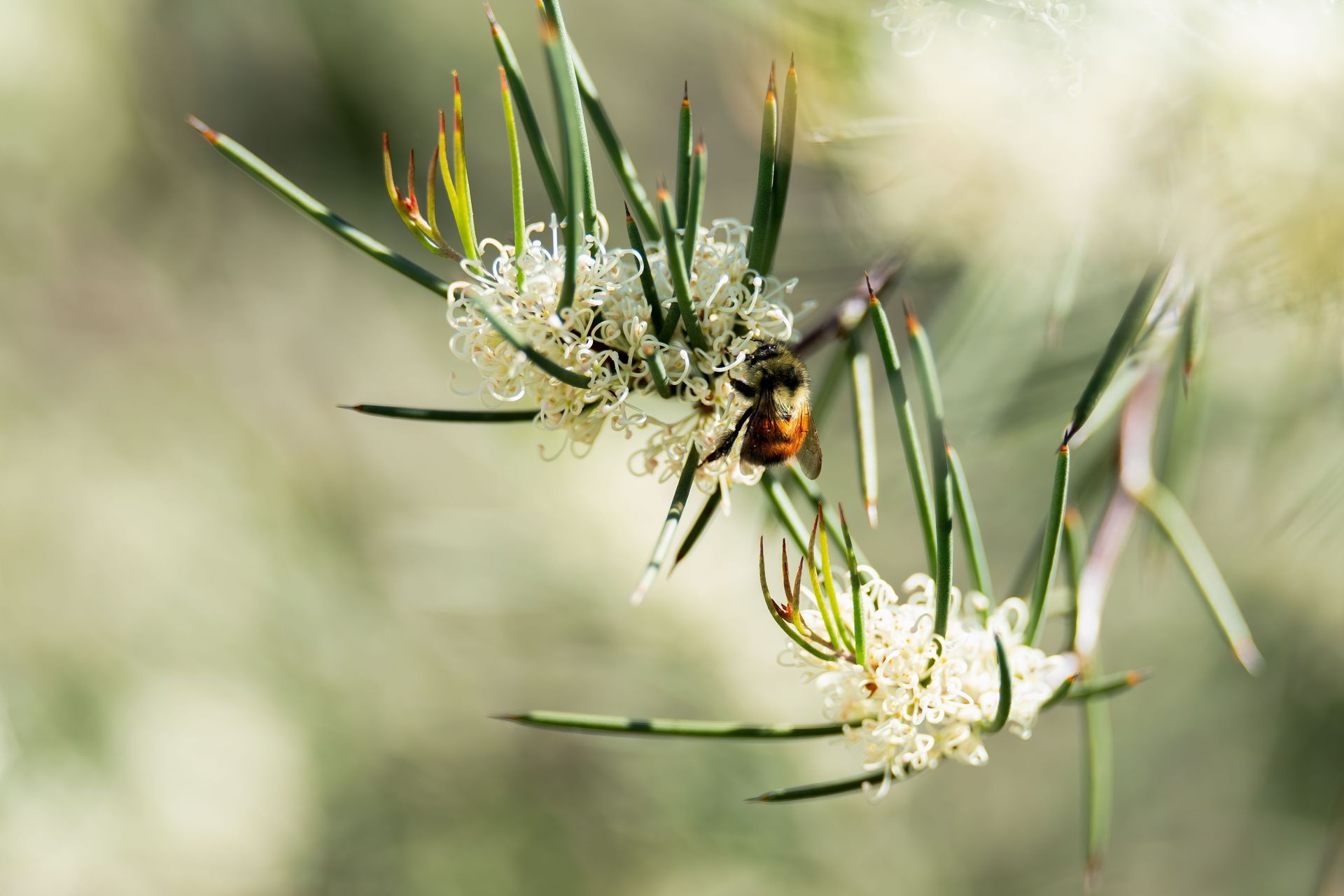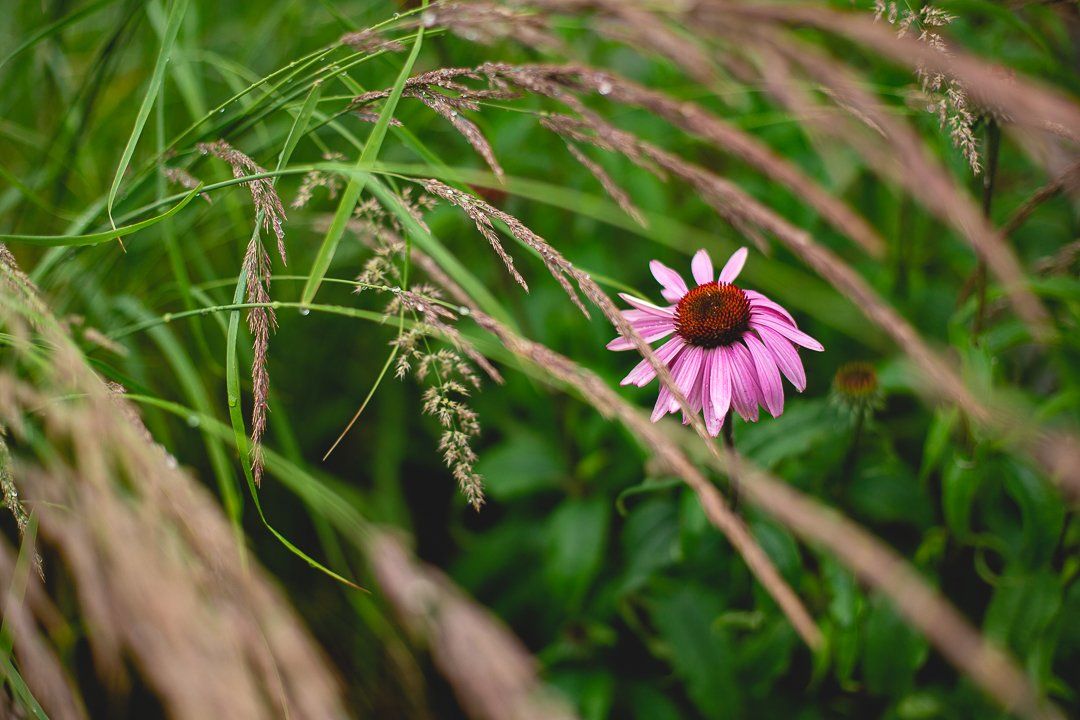Phil’s Garden Tips and Tricks for August 2022
August is generally the month of the year for warm, dry summer days in Western Oregon. That makes irrigation especially important this month! We recommend using an engineered, in-line nipple drip irrigation system to lower water usage and keep water at the root zone of the plants (as opposed to out in the air). This system has shown itself superior to the old spaghetti drip lines, micro sprays and so on. Initially, we used the spaghetti drip tube system, but they could be bumped, pulled out and chewed on too easily, causing havoc in our planting beds. The newer inline system delivers water underneath the bark mulch to the roots. There are openings equally spaced along the side of the tube to release the water through a diaphragm inside the tube which allows the water to exit from the tube but does not allow water, dirt, small insects, etc. to come back into the system (which they did using the old black spaghetti tubes). The only real problem that we have found with the inline system has been if the tubes are well covered by mulch, squirrels and other small mammals find them perfect for nibbling and creating leaks.
August Tips and Tricks:
- Weeds: We should encounter far fewer weeds this month as the dryer weather disinclines them to sprout. Unless our weeds are literally setting seeds, we simply pull them up and lay the helpless little things out in the hot sun and they instantly turn into compost.
- Mow regularly: We continue mowing at a preferred higher setting for the summer months, rather than a low setting. This keeps the lawn healthier as it helps to shade the roots of the grass to keep them cooler. This is especially important if your irrigation system is not turned on very much.
- Water: Make sure to water those plants which need a drink. The best time to water is in the early morning so that it does not evaporate quickly or blow away in the breeze. Generally, irrigate at one inch a week for lawn, but use up to two inches if it has been hot and dry. The plant beds will need about half that amount of water per week and we recommend a drip system. If you planted new plants this Spring, remember to augment their watering by hand—in addition to an irrigation system. Irrigation systems are intended for maintaining established plantings and that is most likely not enough water to get the new plants rooted. You do not want to turn up the irrigation system as you may then overwater all the rest of your plants! Therefore, augment the plants recently planted until the cool days of Fall.
- Veggie garden: Monitor irrigation closely so that crops do not dry out. Harvest vegetables when ripe to stimulate further production.
- Cut Flowers and arrangements: This is a great month to walk through the garden in the cool morning air to pick whatever looks good to bring into the house—either foliage or flowers.
- Fertilize: Fertilize cucumbers, summer squash and broccoli.
- Pest Control: Control caterpillars on leafy vegetables or Geraniums and Petunias, as needed, with Bacillus Thuringiensis (BT). It is a bacterial disease of the Caterpillars and won’t harm other creatures, including you.
- Mulch: Use mulch to protect the soil and plant’s roots from hot weather damage.
- Arborvitae care: Watch for the need of spider mite control on some ornamentals, particularly Arborvitae hedges. Once a month do a three day regimen of hosing off their foliage daily. We usually pick the weekend to do this; once on Friday, then Saturday, then Sunday. Arborvitae hedges are very susceptible to spider mite damage and, as a result, in a hot dry summer they can brown out or die.
- Fleas: If one has outdoor pets, August is an important month to control outdoor fleas with spray.

